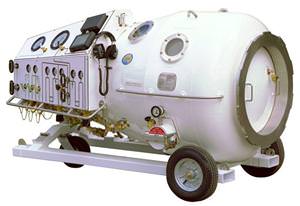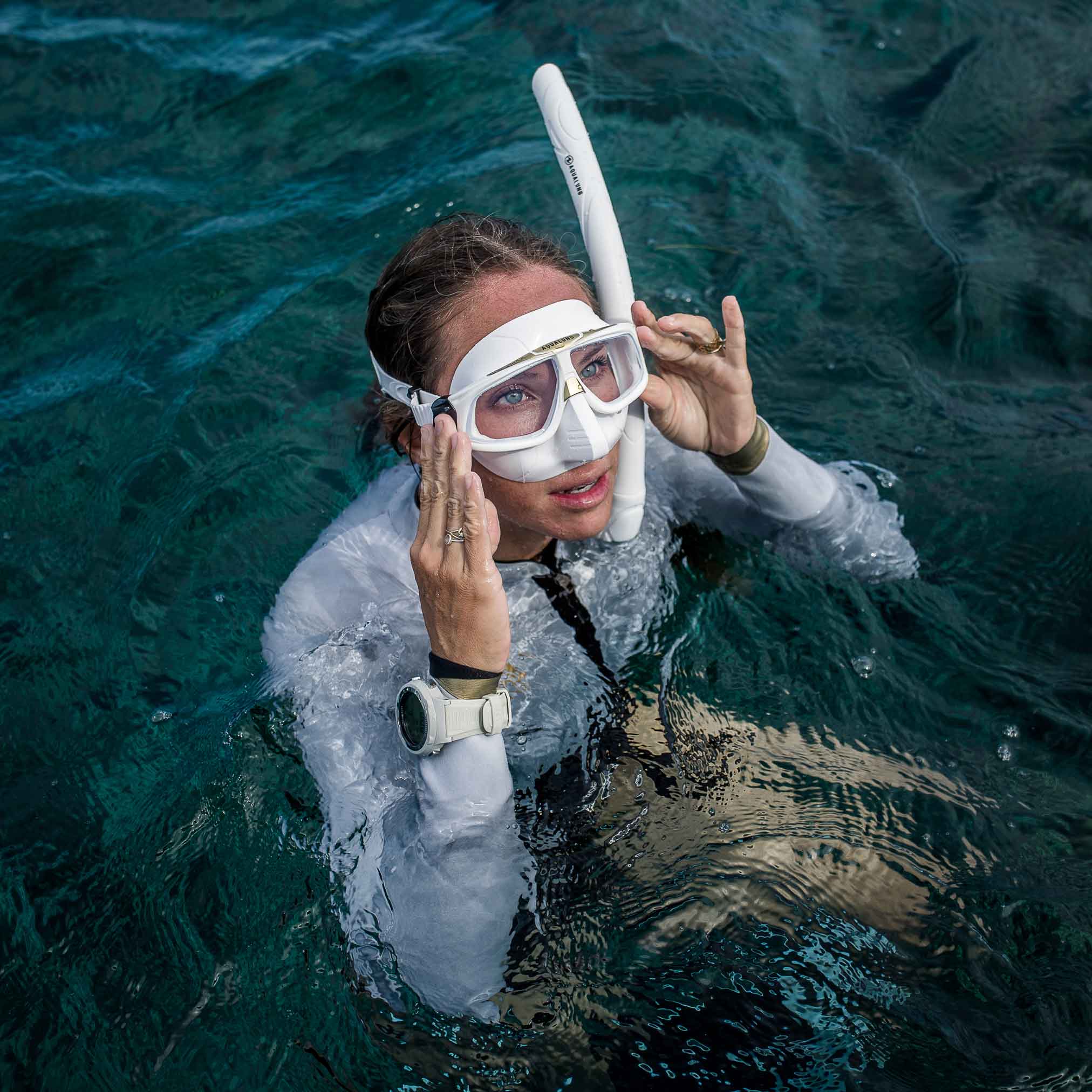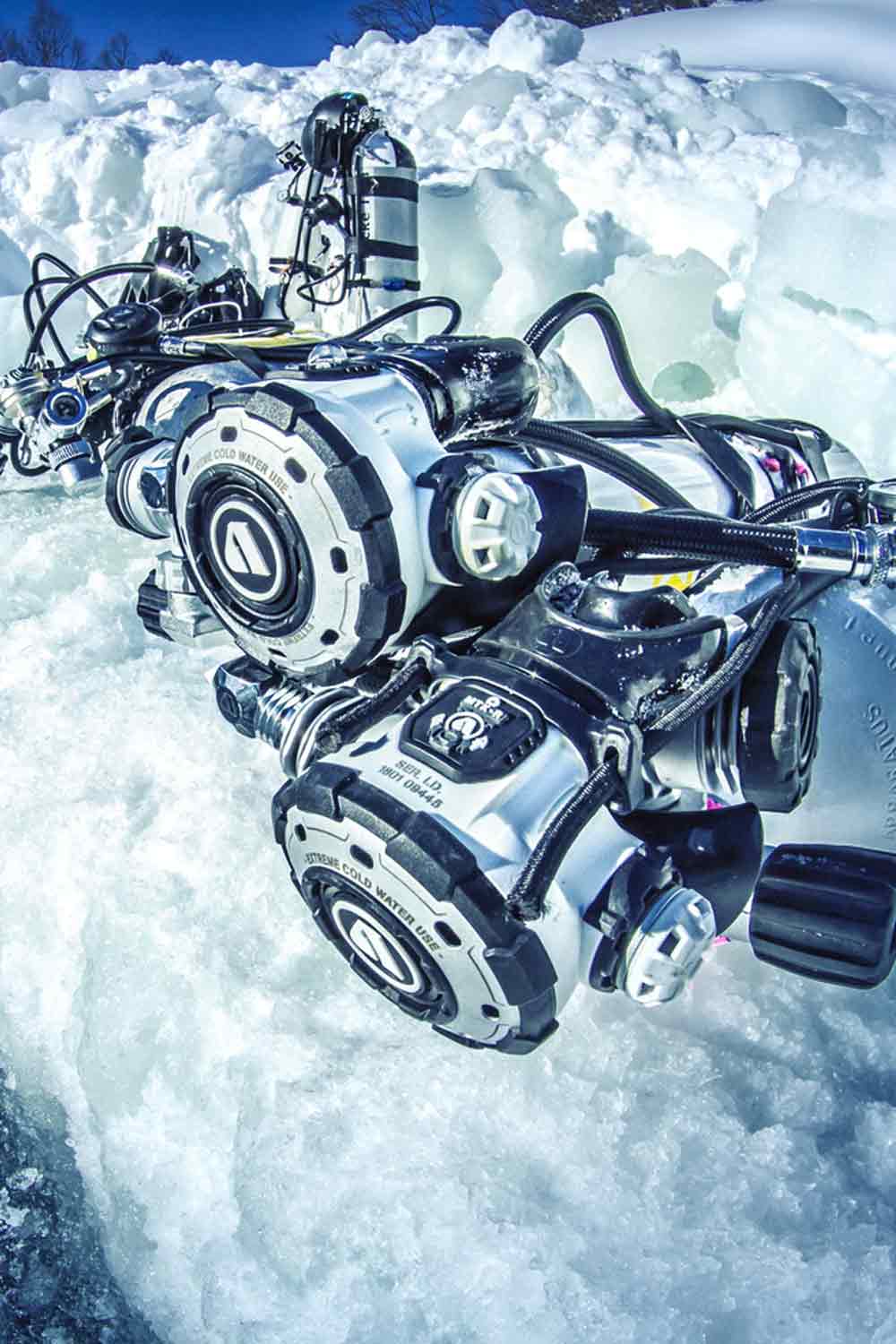Diving Knowledge
Flying after Diving Recommendations
Scuba Diving then Flying
Referred student divers may not have reached the point in their training where they are exposed to the flying after diving recommendations; however, because they may have opportunities to take dive travel vacations that involve aeroplane travel. It is prudent to discuss the diving medical community’s most recent flying after diving recommendations so that they can plan accordingly.
Here is a reprint of the current guidelines that were announced in the 2002 Training Bulletin:
Comments are. Recent experimental trials indicate that the risk of decompression sickness (DCS) decreases as the preflight surface interval increases. Based on these studies, the Workshop reached the following consensus recommendations. These recommendations apply to flights at cabin altitudes between 600 metres/2000 feet and 2400 metres/8000 feet also to divers who are without DCS symptoms.
Work by Buehlmann, which was used by the US Navy Diving Manual, suggests that immediate ascent to 600 metres/2000 feet altitude is possible with low DCS risk. In 1999, the US Navy adopted more flexible procedures based, in part on Buehlmann and Vannetal. Following these recommendations reduces DCS risk but does not guarantee that a diver will avoid DCS.
For Dives within the no-decompression Limits
- Single Dives. A minimum preflight surface interval of 12 hours is suggested.
- Repetitive Dives or Multiday Dives. A minimum preflight surface interval of
- 18 hours is suggested.
For Dives Requiring Decompression Stops
- A minimum preflight surface interval that is greater than 18 hours is suggested.
If you have any questions, please feel free to contact a DGA consultant.












